I’m shaking off the last aches and sniffles of a summer cold this morning, but my grumpiness about the cold is being offset by my delight in a beautiful, dry, and clear morning here in NYC. It’s been damp and gray for the last few days—good weather for staying home and sipping tea, but a little dreary overall. It’s nice to see the sun.
I’ve been reading some articles on loneliness in the last day or two, both published in The New Scientist. This one starts off gently, exploring why more people may be experiencing loneliness in our highly individualistic society, especially as we move farther and farther away from traditional social structures of extended family and tribe.
This one is more strongly worded and takes on the potential health consequences of loneliness and isolation; these are real, including increased susceptibility to stress, impaired immunity, and even an increased risk of mortality. Persistent loneliness can also enhance depression and anxiety, creating a self-reinforcing loop in which people are more likely to grapple with negative thoughts, social anxiety, and reluctance to reach out.
I suspect that I experienced that loop, at least in some degree, within the last couple of years, though I didn’t realize it at the time. I was living with another person, which meant that I didn’t identify as being isolated or alone. It’s only in looking back that I realize how lonely and isolated I felt within my relationship, and how much I started to withdraw from the activities and company that give me pleasure as a result.
I have a complex relationship with the idea of loneliness, in part because I’ve always believed in the value of spending time alone. Whether because I’m an only child or some other formative factor, I’ve always felt comfortable being on my own. I often need solitude and quiet to process things; I may have wonderful experiences in shared company, but it’s usually when I’m by myself that I can reflect on and come to understand their meaning, often using writing/journaling as a tool.
So, I’ve never felt comfortable problematizing aloneness too much, and I think I’ve sought it out more than many of my friends. I appreciate what being alone has taught me. But I’m aware of my own tendency to dwell in extremes, and in protecting my independence I think I’ve sometimes guarded against my hunger for connection—a hunger that revealed itself to me fiercely after my breakup this spring.
Sometime in those months I read Olivia Laing’s Lonely City. The subtitle—”adventures in the art of being alone”—had me hoping that the book would an ode to solitude, one that would inspire me to embrace and enjoy my singledom. In fact, the book is an incredibly honest, often painful examination of loneliness, written when the author herself was grappling with an unexpected and mystifying breakup. Laing captures how loneliness, when it’s given opportunity to fester, can distort our vision of the world, enhancing sensations like paranoia, hypersensitivity, and shame. “What does it feel like to be lonely?” she asks:
It feels like being hungry: like being hungry when everyone around you is readying for a feast. It feels shameful and alarming, and over time these feelings radiate outwards, making the lonely person increasingly isolated, increasingly estranged. It hurts, in the way that feelings do, and it also has physical consequences that take place invisibly, inside the closed compartments of the body.
“Shameful and alarming” is exactly how I felt about my loneliness at the time: embarrassed of how hungry I was, of how empty and thin my world suddenly felt, and frightened by how quickly it had all happened.
Lonely City isn’t one-sided, though. In fact, it’s a beautiful testament to how feelings of separateness and difference have inspired works of art from the likes of Edward Hopper, Andy Warhol, and David Wojnarowicz—works that have the power to bring us together and underscore our humanity. “Many marvelous things have emerged from the lonely city,” Laing writes, “things forged in loneliness, but also things that function to redeem it.” And she has little patience for an overly simplistic veneration of being coupled or in groups: she notes that it’s perfectly possible (and sometimes most painful of all) to be lonely with other people, and also to feel completely whole on one’s own.
Laing makes the point that one of the most powerful antidotes to loneliness is resisting the shame and stigma we attach to it:
So much of the pain of loneliness is to do with concealment, with feeling compelled to hide vulnerability, to tuck ugliness away, to cover up scars as if they are literally repulsive. But why hide? What’s so shameful about wanting, about desire, about having failed to achieve satisfaction, about experiencing unhappiness? Why this need to constantly inhabit peak states, or to be comfortably sealed inside a unit of two, turned inward from the world at large?
…I don’t believe the cure for loneliness is meeting someone, not necessarily. I think it’s about two things: learning how to befriend yourself and understanding that many of the things that seem to afflict us as individuals are in fact a result of larger forces of stigma and exclusion, which can and should be resisted.
This resonated, too. I like Laing’s point about “peak states,” the social pressure so many of us feel to be at the top of our game, full and satisfied and strong, all the time. Of course this creates unnecessary feelings of “wrongness” and shame when we happen to experience life’s inevitable cycles of isolation and sadness.
It also made me realize that part of my alarm in feeling lonely and adrift this spring was because I hadn’t given myself enough permission to acknowledge my capacity for loneliness in the first place. I see, too, that I fell into the trap of believing that romantic companionship alone could meet my need for connection. I stopped giving my writing and friendships the attention I’ve always given them, which meant that my experience of connection became diminished, always colored by what was going on at home and so much less rich than it could have been.
I’ll never be comfortable with a way of looking at aloneness that makes it seem alien or unnatural: this doesn’t align with my experience at all. What matters, I think, is acknowledging the hunger for connection while also resisting generalizations about how each of us should choose to meet it. I’m grateful that there’s an active dialog happening in the health care world about loneliness, and I hope that dialog can resist the “forces of stigma and exclusion” that Laing mentions, because we all experience connection differently.
I’ve linked to The New Scientist article this week, along with a bunch of other reads, including some unusual thoughts about how how best to express sympathy. And I’m excited about today’s recipe shares, which include a stellar vegan sloppy Joe recipe and maybe the prettiest vegan cinnamon buns I’ve ever seen. Enjoy.
Recipes
Amanda notes that no cows were harmed in the making of her delicious vegan sloppy Joes, but some meat lovers may have been confused by their authenticity. I love the “battalion” of spices she uses in the recipe, and also her description of letting her dog run wild on a nearby abandoned golf course-turned doggy playground.
A quick, light, and refreshing idea for summer lunch: simple collard green wraps with a creamy avocado, chickpea, cucumber, and peach filling.
Speaking of wraps, sushi burritos seem to be all the rage these days! I’m so into Alanna’s version, which features pickled carrots and spicy sriracha tofu, in addition to other goodies.
I’ve been on a green goddess kick ever since I made these green goddess club sandwiches, so I was happy to find Heather’s scrumptious, veggie-laden, farmers market green goddess tacos.
Thanks to Lara, I’ve learned that the name for Swedish cardamom buns is kardemummabullar. And now I have a vegan recipe for them.
Reads
1. The New Scientist on the need for acknowledgement of loneliness as a public health concern.
2. Along similar lines, I really like Mellissa Withers’ argument for “trauma-informed” care and why it matters.
3. A fascinating look at the life of Anna Morandi, an 18th century anatomist who was ahead of her time.
4. Joanna Goddard shares some excerpted words and insights from Patrick O’Malley’s book, Getting Grief Right. O’Malley emphasizes that grief looks different for everyone and shares some advice on what to say and what not to say.
I’ve definitely said both “my thoughts are with you” and “let me know if there is anything I can do,” to friends and family in distress or mourning. O’Malley notes that these are said so often that they tend to lose their meaning, and he offers some expressions of sympathy that might be more sensitively attuned to the unique experience of the bereaved person. My favorites:
– Simply say, “I’m very sorry.”
– Bring a meal on the two-month anniversary of a death.
– Send an email to say you were thinking about the grieving person or the one they lost.
– Be curious about the grieving person’s relationship to the one they lost. Try one of the following:
“I don’t know how you and Suzy met. Can you tell me?”
“I know the two of you loved to travel. What was your favorite trip?”
“What do you miss most about him?”
“How are you doing today?”
“We’ve never really talked about the day it happened. I’d like to hear about it, if you’re able.”
“I am sorry I did not get to meet your dad. I would love for you to tell me something about him.”
– Bring up your own memories.
– Offer to listen to a grieving person’s story. A bereaved person might be looking for a safe set of ears, a place for the story to land.
I love the idea of friends offering each other “a place for the story to land.”
5. Finally, The Washington Post has a lovely article about the benefits of gardening for kids. I like how the article frames gardening as “a doorway into a larger universe,” and it makes good points about how gardening and the stimulation of being outside can “replenish minds exhausted from practicing self-discipline.”
I’ve got a tasty, summery dessert treat coming to the blog tomorrow, which I’m excited to share. For now, happiest Sunday.
xo
You might also like
In the summer of 2010, I signed up for Nutrition I at Hunter College. I was twenty-eight, a professional book editor who hadn’t taken a science class since high school. Uncharacteristically for me—I’m usually very decisive—I couldn’t decide between a future in medicine, dietetics, or mental health. But I knew that I wanted to make a career change, and this was the place to start. I loved my job, but I loved helping people to experience pleasure and well-being through food even more….
Happy Sunday, friends! I’m returning to New York right now from Pennsylvania, where I was lucky enough to celebrate a dear friend’s wedding yesterday. I hope you’ve all enjoyed some sunshine and rest in the last two days. Here are the recipes and read that have kept me company over the course of weekend travels. To begin, a colorful and enticing bowl of chia and buckwheat porridge from Maike of Elderflower Kitchen. Speaking of colorful bowls, I absolutely love this easy recipe for…
“Young at Heart” is a ballad that most of us have heard at least a few times; it’s ubiquitous enough to appear in movies pretty often. It happens to have been one of my grandmother’s favorite songs, and the tune she always put me to sleep with when I stayed with her. I don’t know whether she picked this song as my lullaby because she loved Frank Sinatra, or because she thought I’d like it, or simply because it was on her mind…
Thanksgiving this year was a surprise. For weeks, I looked forward to it as being a homecoming of sorts. It was the first Thanksgiving that my mom and I have had on our own since 2012, when we ate at Candle 79. We did the same this year, and I think a part of me expected the whole ritual to be as if nothing had changed. I thought it might momentarily feel the way things did before the end of my post-bacc, before…

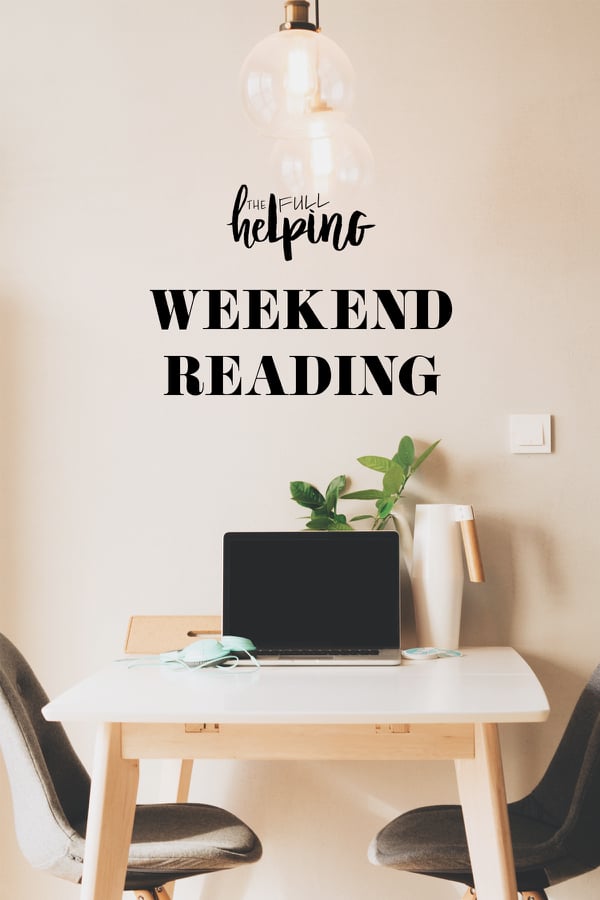
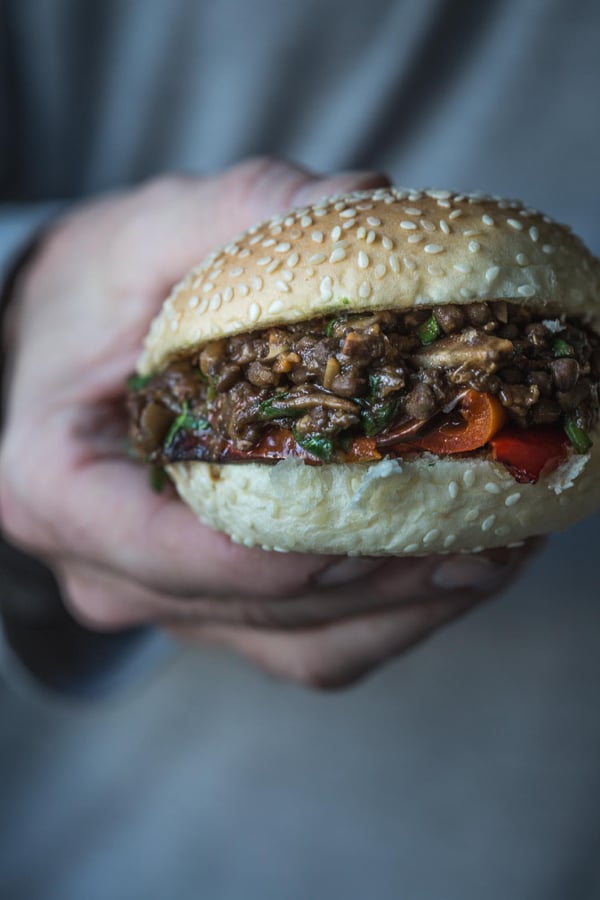
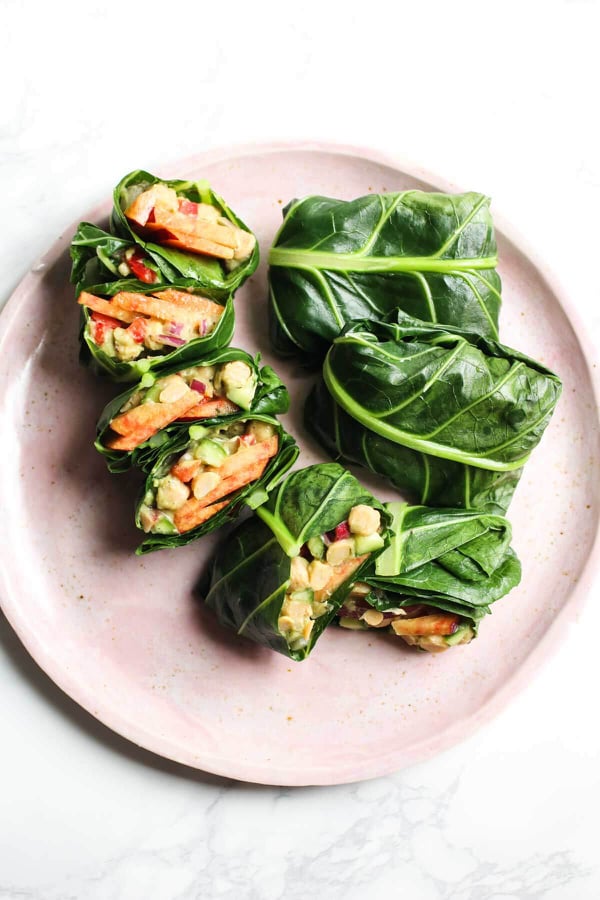
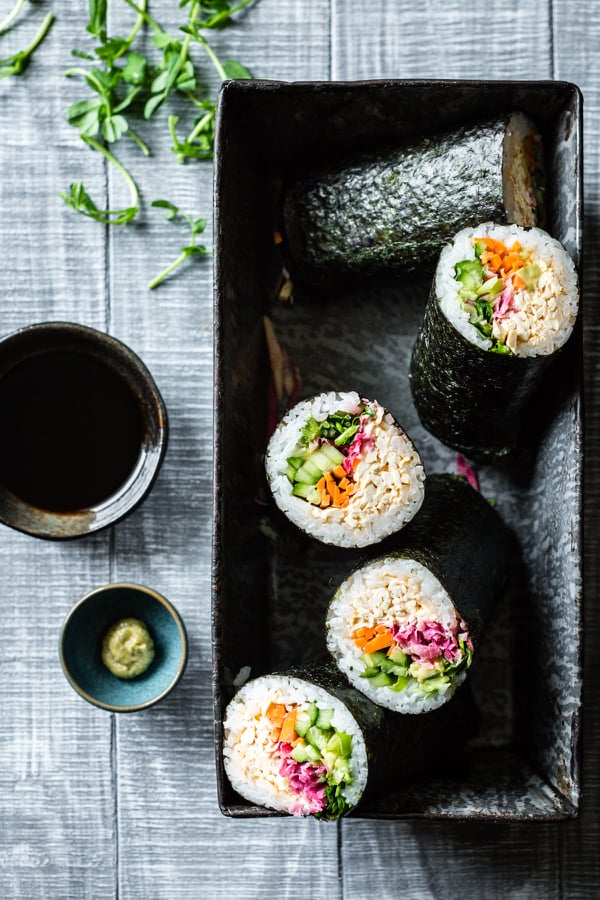
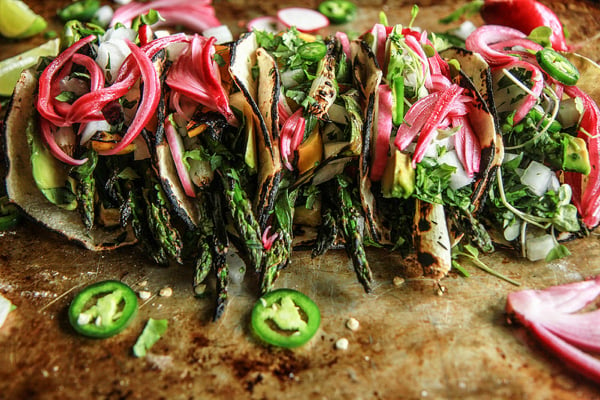
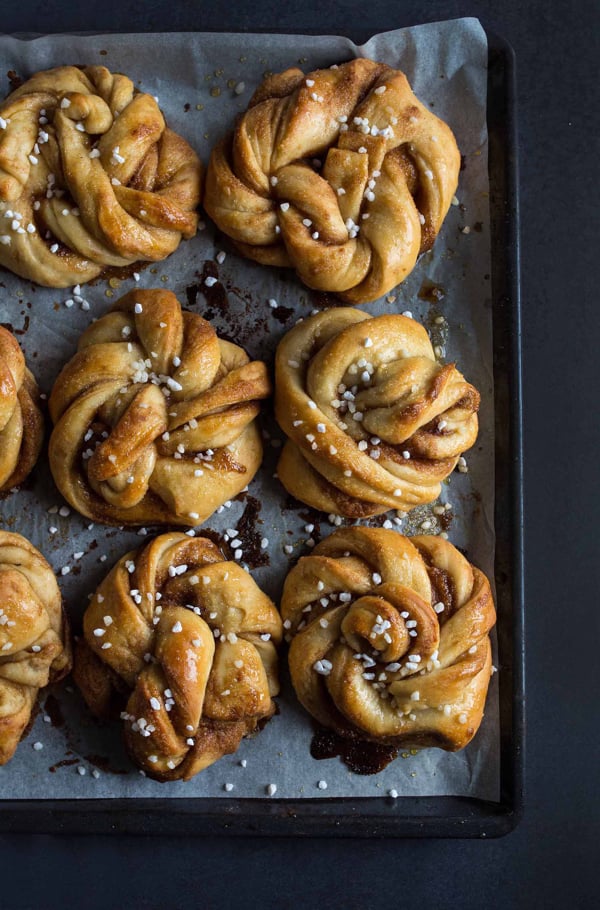
Leave a Comment
Gena, this is speaking to me so much right now! I just moved across the country and have recently realized that I am feeling a lot of loneliness. I wrote about it today on my blog, but I think you’re a bit more articulate haha or at least it really helps to read different perspectives and realize I am not crazy or being too emotional or something. Love your posts as always, thank you for rounding up such interesting and helpful reads <3
Gena, this is a beautiful edition of Weekend Reading. I loved what you write here about your process with loneliness, and also what you quoted from lonely City. It all really resonated with me. My own conclusions about loneliness and needing time alone are very similar to yours. Also, I just could not believe how much I loved ALL the recipes this time! I am saving going through the other articles until I’m sharper in the mornings, but I wanted to let you know how special it was to read this tonight as I am heading to bed. I’m glad the sun came out where you are, and your cold is on it’s way out the window! xoxo
Thanks so much for sharing my recipe! Wow those cardamom buns are stunners. And I love Joanna Godard’s advice on grieving – I never know what to say in those situations either. <3
I’m not clear on if the recipe shares are recipes you have made and liked? Or just links to interesting recipes that you found yet have not made…?
They’re recipes I think are interesting, but (most of the time) I haven’t made them when I link to them–they’ve just caught my eye.